World War 2 was the largest and deadliest conflict in human history. It began in 1939 and ended in 1945, involving most of the world’s nations. The war shaped the political, social, and economic landscape of the 20th century. Understanding the causes, key events, and consequences of World War II helps explain many aspects of the modern world.
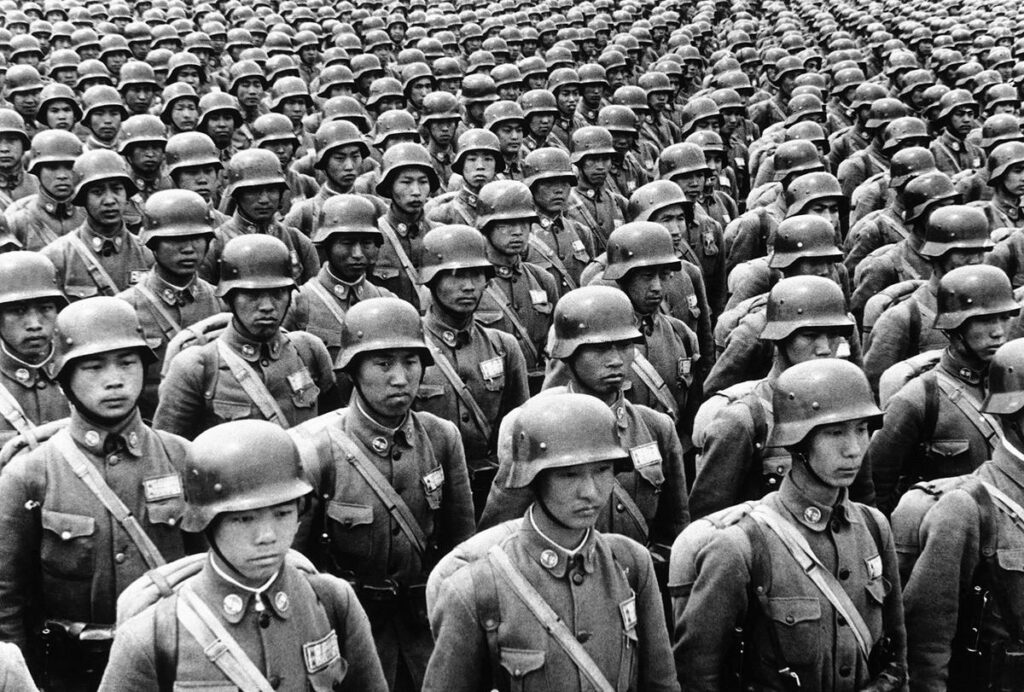
Causes of World War II
Several factors contributed to the outbreak of World War II. These included unresolved issues from World War I, economic instability, the rise of totalitarian regimes, and aggressive expansion by several nations.
1. Treaty of Versailles
One of the main causes of World War II was the Treaty of Versailles, which ended World War I. Signed in 1919, the treaty placed heavy blame on Germany and imposed harsh penalties. Germany was forced to pay large reparations, give up territory, and reduce its military. Many Germans felt humiliated by the treaty, and its harsh terms led to political and economic instability.
The resentment and anger caused by the treaty made it easier for extremist leaders, like Adolf Hitler, to gain support. Hitler promised to restore Germany’s power and reverse the effects of the treaty.
2. World War 2 – The Great Depression
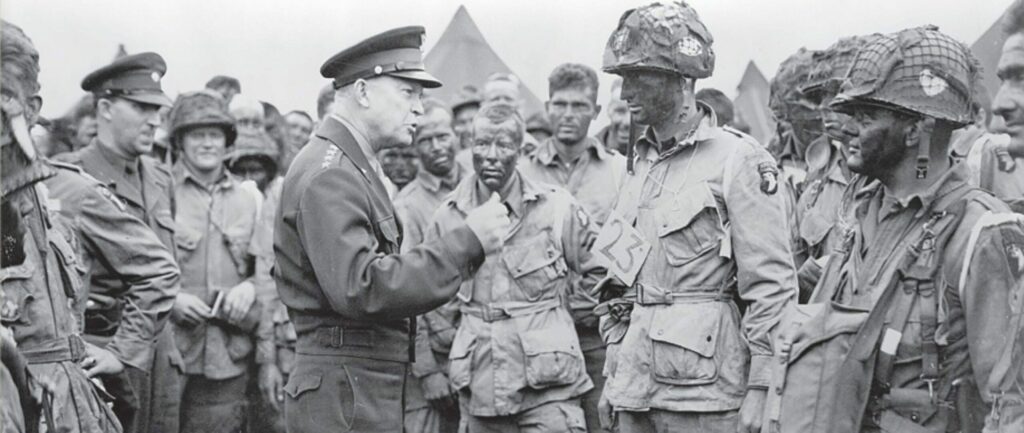
The Great Depression, which began in 1929, caused widespread economic hardship. Many countries, including Germany, Italy, and Japan, were deeply affected by unemployment, poverty, and inflation. These conditions created a fertile ground for radical political movements. People were desperate for solutions, and leaders like Hitler in Germany and Benito Mussolini in Italy offered them hope.
In Japan, the economic downturn fueled military expansion as the government sought to gain control of new territories for resources. These economic pressures contributed to the rise of aggressive foreign policies and the drive for war.
3. Totalitarian Regimes and Expansionism
Another major cause of World War II was the rise of totalitarian regimes. These governments, led by dictators, sought to expand their power and influence through military force.
- Germany: Adolf Hitler’s Nazi regime aimed to expand German territory and create a powerful German empire. Hitler’s ideology of Aryan racial superiority also played a role in his aggressive policies.
- Italy: Benito Mussolini sought to restore Italy’s power by expanding its influence in Africa and the Mediterranean.
- Japan: Japan’s militaristic government, led by Emperor Hirohito and military leaders, sought to expand its empire in East Asia. Japan invaded China in 1937 and continued its aggressive expansion throughout the Pacific.
The actions of these regimes were a direct challenge to international peace. As Germany, Italy, and Japan expanded their empires, they defied the efforts of other nations to maintain peace.
4. The Failure of the League of Nations
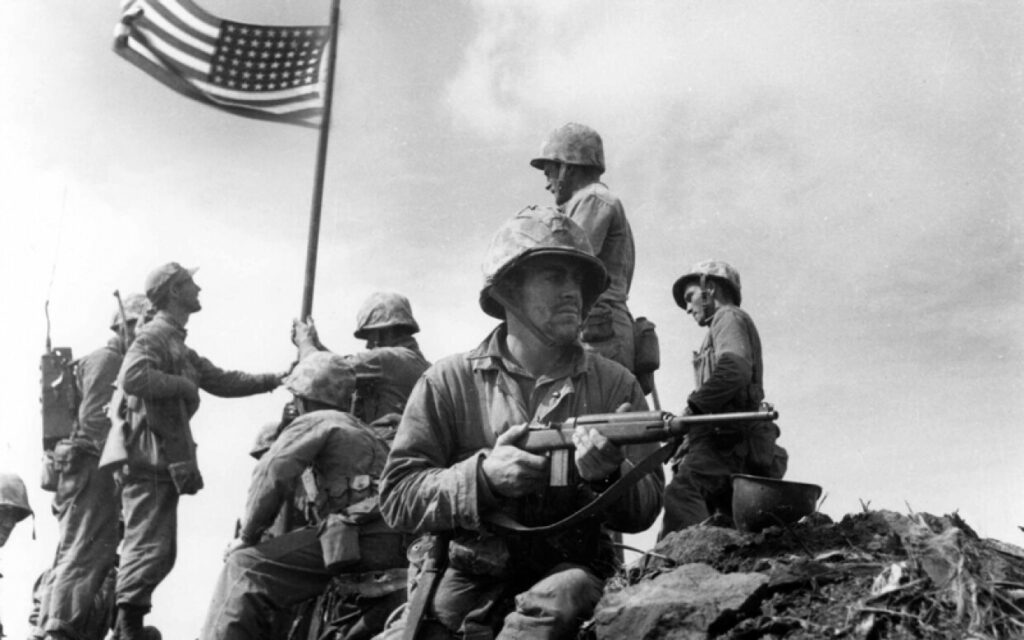
The League of Nations, created after World War I to promote peace and cooperation, was intended to prevent another large-scale war. However, the League lacked the power and influence to stop aggressive nations. When Japan invaded Manchuria in 1931 and Italy invaded Ethiopia in 1935, the League did little to prevent these actions. The inability to enforce its rules weakened the League, making it ineffective in stopping the rise of dictators.
The Outbreak
World War 2 officially began on September 1, 1939, when Germany invaded Poland. Hitler’s invasion of Poland was a direct violation of agreements made after World War I, and it led Britain and France to declare war on Germany.
Germany’s invasion of Poland was swift and brutal, using a strategy known as “blitzkrieg,” or lightning war. Blitzkrieg relied on quick, coordinated attacks by tanks, planes, and infantry to overwhelm the enemy. Poland was quickly defeated, and by 1940, Germany had turned its attention to Western Europe.
Major Events
World War 2 was fought on multiple continents, with major battles in Europe, Africa, and the Pacific. Several key events shaped the course of the war and determined its outcome.
1. The Fall of France and the Battle of Britain
After invading Poland, Germany turned its focus to Western Europe. In 1940, German forces launched a blitzkrieg against France, quickly defeating the French army. France surrendered in June 1940, and much of Europe fell under Nazi control.
Following the fall of France, Germany began an air campaign against Britain, known as the Battle of Britain. German bombers attacked British cities and military targets in an attempt to weaken Britain’s defenses. However, Britain’s Royal Air Force (RAF) successfully defended the country, and Germany was unable to invade. The Battle of Britain marked the first major defeat for Nazi Germany and showed that Hitler’s forces could be stopped.

2. The Invasion of the Soviet Union
In June 1941, Germany launched Operation Barbarossa, the largest military invasion in history, against the Soviet Union. Hitler aimed to conquer Soviet territory and destroy communism. The invasion initially saw great success, with German forces advancing deep into Soviet territory. However, the harsh Russian winter and fierce Soviet resistance slowed the German advance.
The turning point came at the Battle of Stalingrad in 1942-1943. Soviet forces, under the command of Joseph Stalin, encircled and defeated the German army. This battle marked the beginning of Germany’s retreat on the Eastern Front and was a key turning point in the war.
3. The United States Enters the War
On December 7, 1941, Japan launched a surprise attack on the U.S. naval base at Pearl Harbor in Hawaii. The attack destroyed much of the U.S. Pacific Fleet and led the United States to declare war on Japan. Shortly after, Germany and Italy declared war on the United States.
The entry of the United States into the war provided a significant boost to the Allied powers. American industrial and military might helped turn the tide of the war. The United States fought alongside Britain, the Soviet Union, and other Allied nations in both Europe and the Pacific.
4. D-Day and the Liberation of Europe
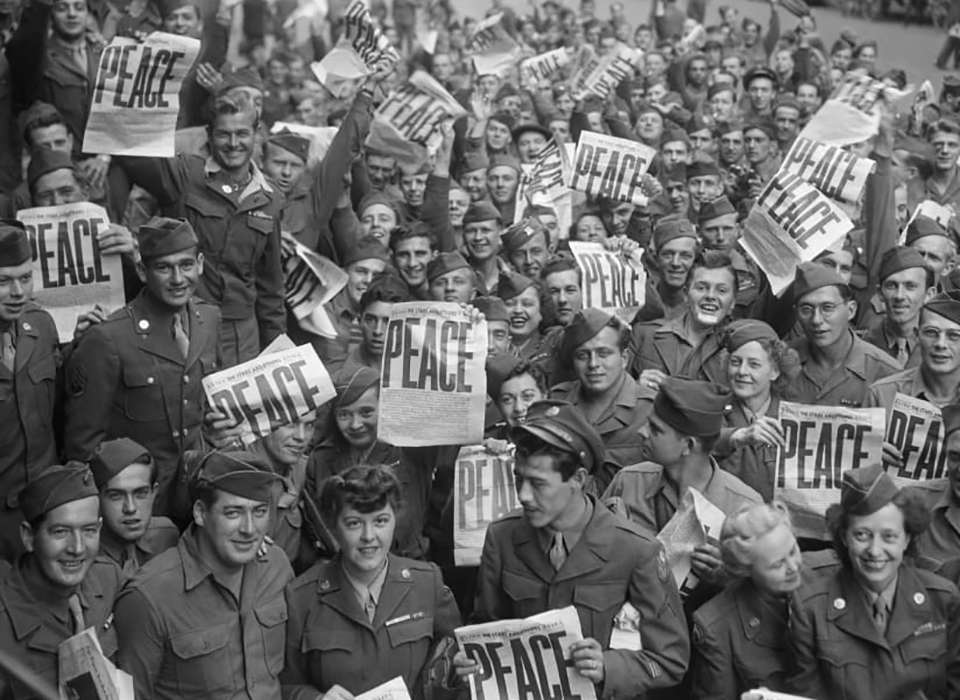
One of the most significant events of World War II was the Allied invasion of Nazi-occupied Europe on D-Day, June 6, 1944. Allied forces, led by the United States, Britain, and Canada, landed on the beaches of Normandy, France. This invasion marked the beginning of the liberation of Western Europe from Nazi control.
The D-Day invasion was a success, and within months, Allied forces had pushed German troops out of France and into retreat. By early 1945, the Allies had crossed into Germany, and the war in Europe was nearing its end.
5. The Atomic Bomb and the End of the War in the Pacific
In the Pacific, the United States fought a brutal campaign against Japan. After years of fierce battles, the U.S. military had pushed Japanese forces back to their home islands. In August 1945, the United States made the decision to drop atomic bombs on the Japanese cities of Hiroshima and Nagasaki. The devastation caused by the bombs led Japan to surrender on August 15, 1945, bringing World War II to an end.
The Impact of World War 2
World War II had a profound and lasting impact on the world. The consequences of the war shaped the political, social, and economic landscape of the 20th century.
1. The Rise of the United States and the Soviet Union
At the end of World War II, the United States and the Soviet Union emerged as the two dominant superpowers. Both countries had played a major role in defeating the Axis powers, and their influence grew in the post-war world. However, tensions between the two nations soon developed into the Cold War, a period of political and military rivalry that lasted for decades.
2. The United Nations and Efforts for Peace
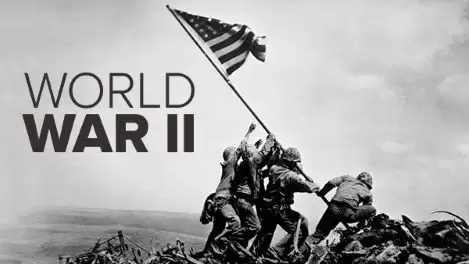
In the aftermath of the war, world leaders sought to create a new organization that could promote peace and prevent future conflicts. In 1945, the United Nations (UN) was established. The UN aimed to foster international cooperation, protect human rights, and prevent wars.
The UN has played a key role in global diplomacy and peacekeeping since its creation. While it has not been able to prevent all conflicts, the UN has worked to address many global issues.
3. The Holocaust and Human Rights
One of the most horrific aspects of World War II was the Holocaust, the systematic genocide of six million Jews and millions of others by Nazi Germany. The discovery of the concentration camps and the extent of the atrocities shocked the world.
The horrors of the Holocaust led to a renewed focus on human rights. In 1948, the Universal Declaration of Human Rights was adopted by the United Nations, outlining fundamental rights and freedoms that should be protected for all people.
4. The End of Colonial Empires
World War II also contributed to the end of many European colonial empires. The war weakened the colonial powers, and the desire for independence grew stronger in colonies around the world. In the years following the war, many countries in Asia, Africa, and the Middle East gained independence.
Conclusion
World War II was a global conflict that reshaped the world in countless ways. The causes of the war were rooted in the unresolved issues of World War I, economic instability, and the rise of totalitarian regimes. The war itself was marked by major events such as the invasion of Poland, the Battle of Britain, the entry of the United States, and the D-Day invasion. Its impact included the rise of new superpowers, the creation of the United Nations, and the push for human rights. Understanding the causes and consequences of World War II is essential for understanding the modern world.

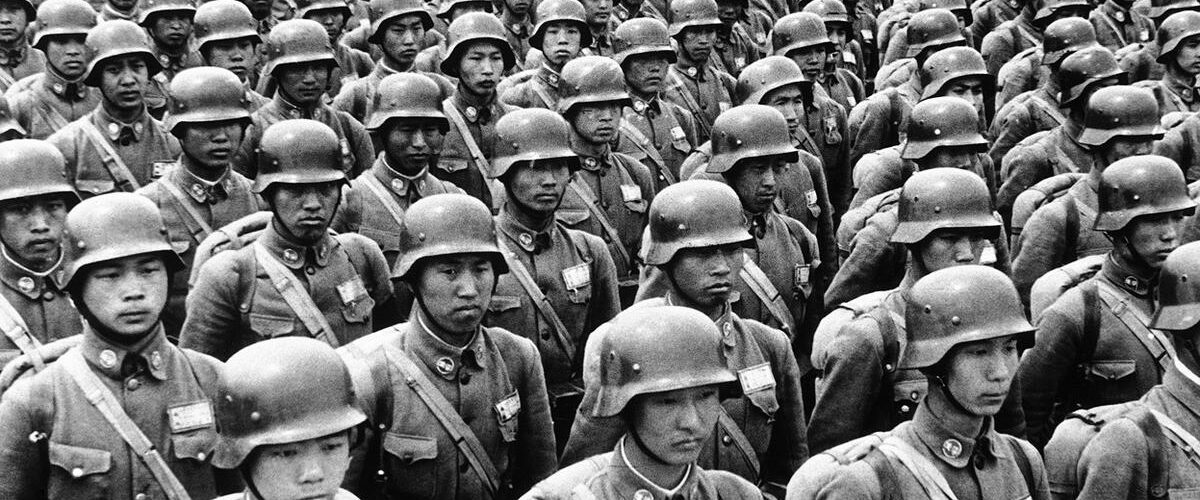


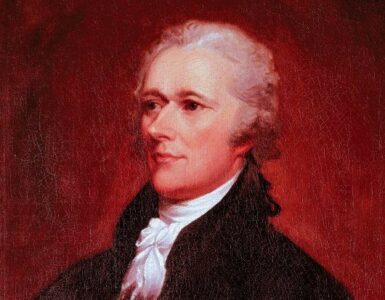
Add comment